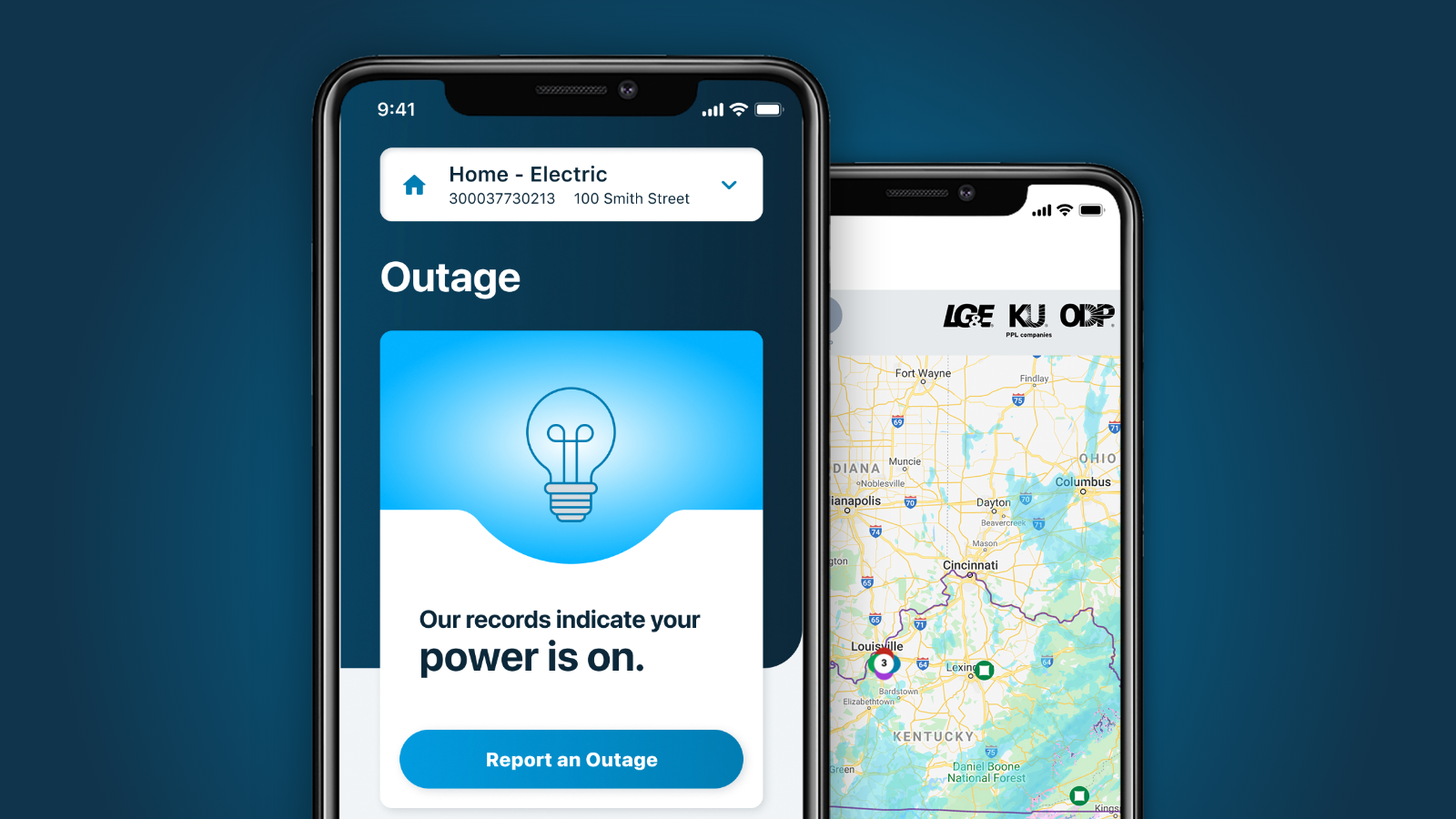Safety is our top priority at LG&E. Ensuring the integrity of our pipeline system enables us to successfully meet our goal of safely providing natural gas to our customers without adversely affecting our employees or the environment.
The Pipeline Safety Improvement Act was signed into law by President George Bush in December 2002. Congress crafted the legislation as an amendment to the 1994 Pipeline Safety Law. A broad focus of the act is to make pipeline companies and the public more responsible and accountable for their actions and to prevent accidents. One of the provisions of the act directed the Secretary of Transportation to issue regulations requiring implementation of an integrity management program for natural gas pipelines.
In December 2003, the Office of Pipeline Safety issued a final rule requiring natural gas transmission pipeline operators, like LG&E, to adopt plans to identify and protect natural gas lines in High Consequence Areas (HCA), where failures could cause harm to people and property.
Another requirement of the act is for all pipeline operators to implement a continuing awareness program to educate the public and other key parties, such as excavators, government officials and emergency response agencies, about numerous topics related to natural gas. Those topics include information about a one-call notification system prior to digging or excavating, damage-prevention activities, hazards associated with unintended natural gas pipeline releases, physical indications that a release might have occurred, related emergency steps, and how to report the event.
As it has for decades, LG&E will continue to aggressively communicate safe operating and work procedures and other safety information regarding natural gas. In addition, LG&E is committed to complying with all requirements of the Pipeline Safety Improvement Act.

